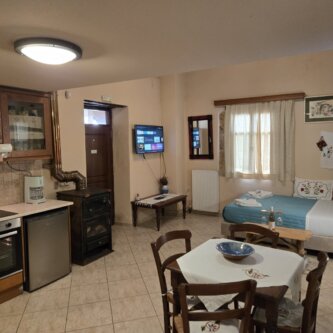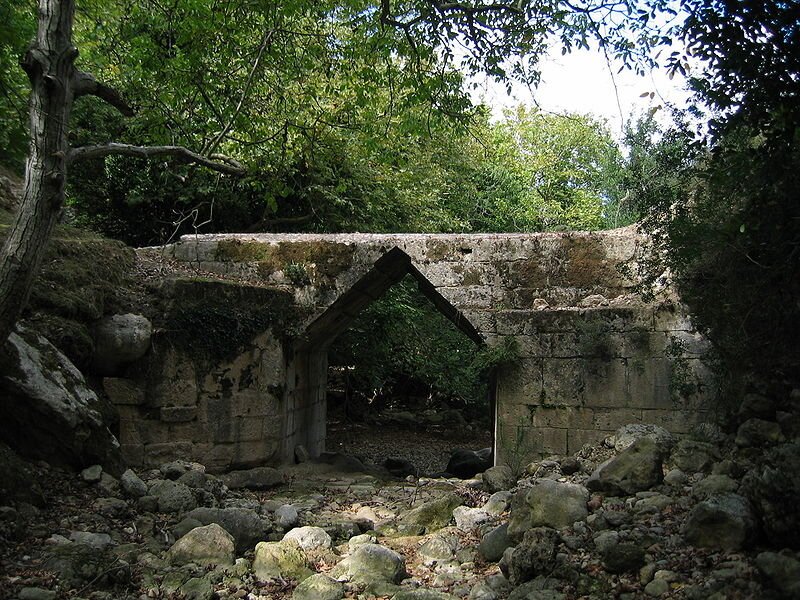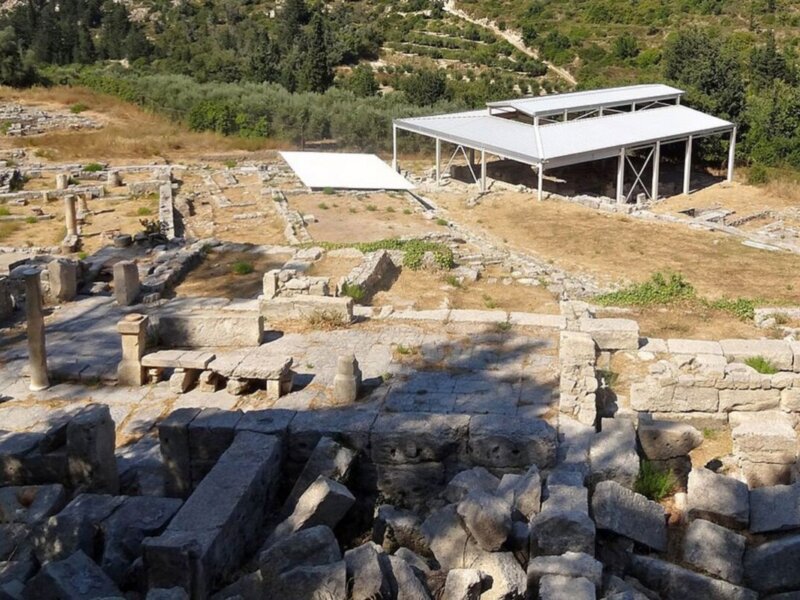Ancient Eleftherna is located about 22km southwest of Panormo, not far from the Monastery of Arkadi. Built amidst dense vegetation with a natural fortification on the northern foothills of Psiloritis mountain, the city is considered the most important archaeological site in the prefecture of Rethymnon, though it has not been fully excavated yet.
The city was founded by the Dorians in the 9th century BC on a location of strategic importance that seems to have played a key role in its long course throughout history, at the crossroads that connected the cities of Cydonia, Knossos and the sanctuary on Mount Idi. During the First Cretan War (205 BC-200 BC), the city allied with the king of Macedonia, Philip IV, against Rhodes and Knossos.
Following the Roman occupation of the island, the city was besieged and, despite its stiff resistance, fell to the Roman General Metellos after treason. The city continued to develop, while baths, villas, towers and public buildings were constructed.
During the Byzantine period the city became the Seat of the Diocese (Episcopal Seat), leading to the construction of the great basilica of Archangel Michael in the middle of the 7th century, ruins of which are still visible today. Eventually, the Arab raids in the 8th century and an earthquake in 796 led the once thriving city into decline.
In the area of Orthi Petra (Standing Stone), a necropolis dated back to geometric and archaic periods was unearthed, and in recent years a 2,700-year-old double grave was discovered, hiding more than 3,000 sheets of gold and the first depiction of the bee as a goddess on a piece of jewelry. The importance of the archaeological site of Eleftherna led to the decision for the creation of the astonishing Archaeological Museum of Eleftherna, one of the most important museums in Greece.










